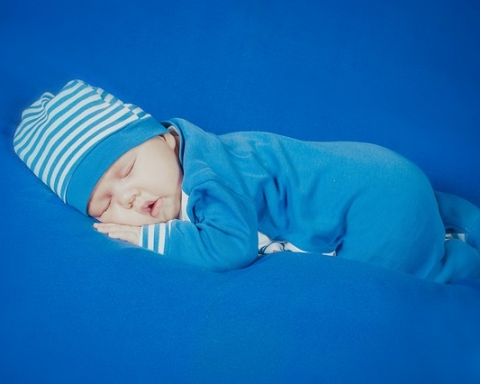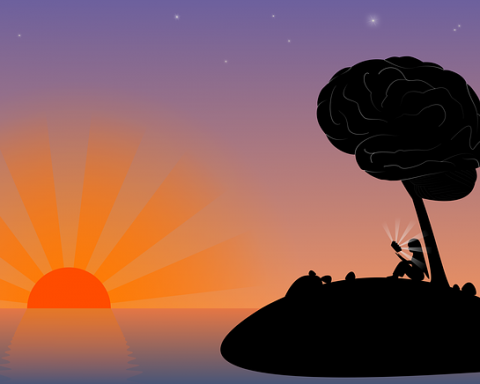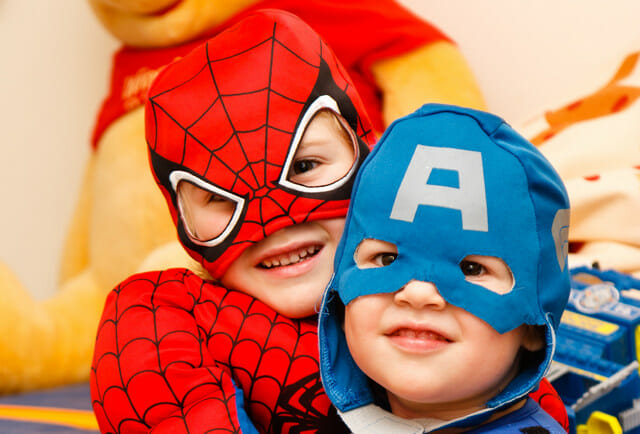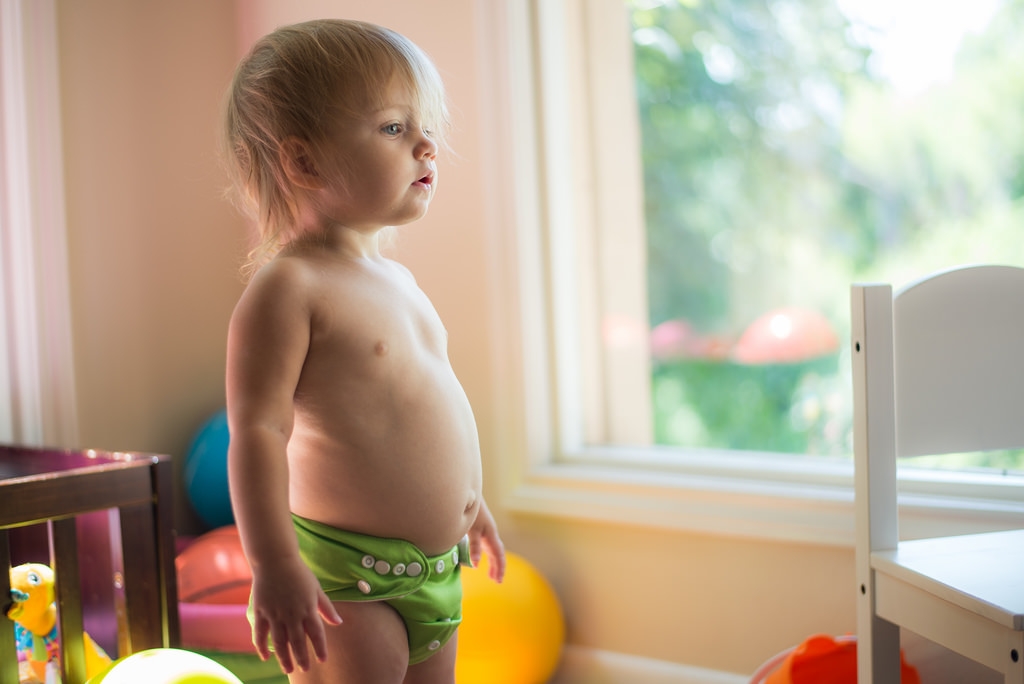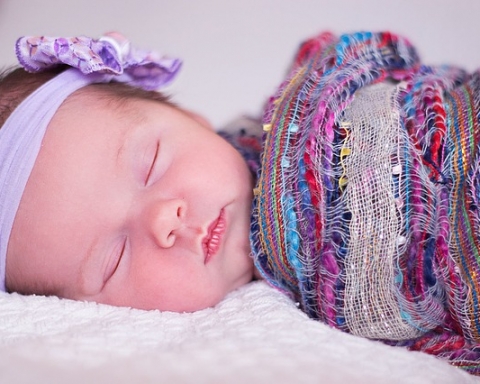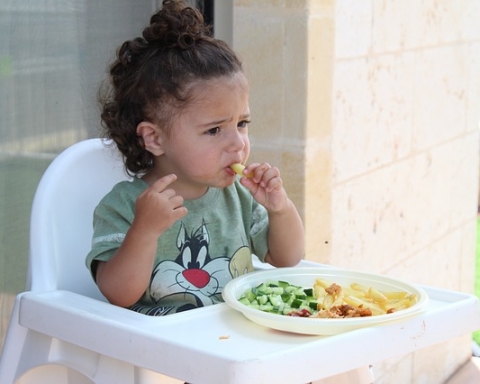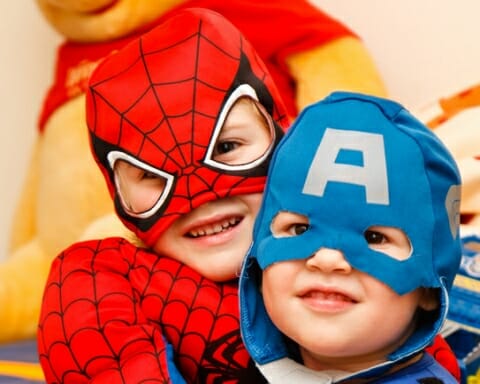After birth, babies tend to grow at an amazing speed and rate. Besides physical and emotional growth, a baby also learns to master a variety of skills and experiences different kinds of achievements. As this research explains, “By convention, these neurodevelopmental ‘laws’ or sequences often are described in terms of the traditional developmental milestones.”
This article describes the developmental milestones that a baby is supposed to achieve during the first six months of life.
Month 1 Milestones
The one-month milestones are as follows:
- The baby sucks milk vigorously.
- The baby is awake for a longer stretch of time.
- The baby begins to notice faces and respond to touch.
- The baby responds to loud voices and bright lights.
- The baby’s hearing is now fully developed, so the baby can respond to familiar voices.
- The baby’s grip is stronger, and the baby brings its fist to its mouth more often.
Month 2 Milestones
The two-month milestones are as follows:
- Though the baby still needs support when being held, the head and body are a bit steadier.
- The baby’s reasons for crying, such as hunger, sleepiness, soiled diapers, and sharp noises, are clearly identifiable.
- The baby shows more interest in thumb-sucking.
- The baby is able to hold on to an object for a little time.
Month 3 Milestones
The three-month milestones are as follows:
- The baby smiles a lot.
- The baby’s eye coordination is better, and its gaze is steadier.
- The baby puts objects of interest in his or her mouth.
- The baby is interested in playing a lot.
- The baby makes noises and babbles a lot.
- The baby is able to support his or her head.
- The baby can open and shut his or her fingers and has a stronger grip. The baby is also likely to grab for items of interest and hold them for a bit longer.
Month 4 Milestones
The four-month milestones are as follows:
- The baby is aware of and interacting with the world and is becoming increasingly aware of differences among colors and shades. The baby is also fascinated with shiny objects and tries to grab them.
- The baby is fascinated by different textures (soft, hard, rough, smooth, wrinkled, etc.).
- The baby is learning to use babbling and cooing to communicate with others.
- The baby is now ready for tummy time. According to research, “Prone positioning while awake appears to be associated with certain motor milestones achieved by four-month-old infants.”
- When placed on the tummy, the baby can lift and support the head.
- The baby starts arching its back and trying to lift its head, which is a sign that the back muscles are getting stronger. This will eventually lead to sitting.
- The baby starts rolling over, though in some cases, this happens in the sixth month. One research study explains that, “As the central nervous system matures, the reflexes are inhibited to allow the infant to make purposeful movements.”
Month 5 Milestones
The five-month milestones are as follows:
- The baby’s eyesight is steadier now, and the baby can follow a moving object with interest. The baby is amazed when an object or a person disappears and then suddenly reappears.
- The baby starts imitating some sounds like “Ooh” and “aah.”
- The baby’s sense of taste is developing, so the baby starts putting different objects and toys in the mouth.
- The baby can now sit up while being propped up with pillows.
- The baby’s sleeping habits and appetite are better.
- The baby is able to respond with affection to the parent or caregiver.
Month 6 Milestones
The six-month milestones are as follows:
- The baby is fascinated by water and enjoys splashing around in the bath. The baby also loves to run its finger over surfaces like carpet and grass.
- The baby’s vision is more developed, so the baby starts noticing tiny things lying on the floor, such as threads and wrappers.
- The baby starts grabbing fascinating objects like shiny earrings, necklaces, buttons, or eyeglasses. Some babies start grabbing hair or their parents’ clothes for attention.
- Babies might attempt to crawl at this stage, but crawling may take more time. Some babies skip the crawling stage and start walking.
While every baby grows at a unique rate, developmental milestones help monitor the baby’s overall progress. Research points out that “Milestones provide a framework for observing and monitoring a child over time.” If there are any possible developmental delays, milestones help parents catch them early and seek professional help accordingly.
Read the next part of this article here on this website: A 7 to 12 Months Guide of the Developmental Milestones of Your Baby
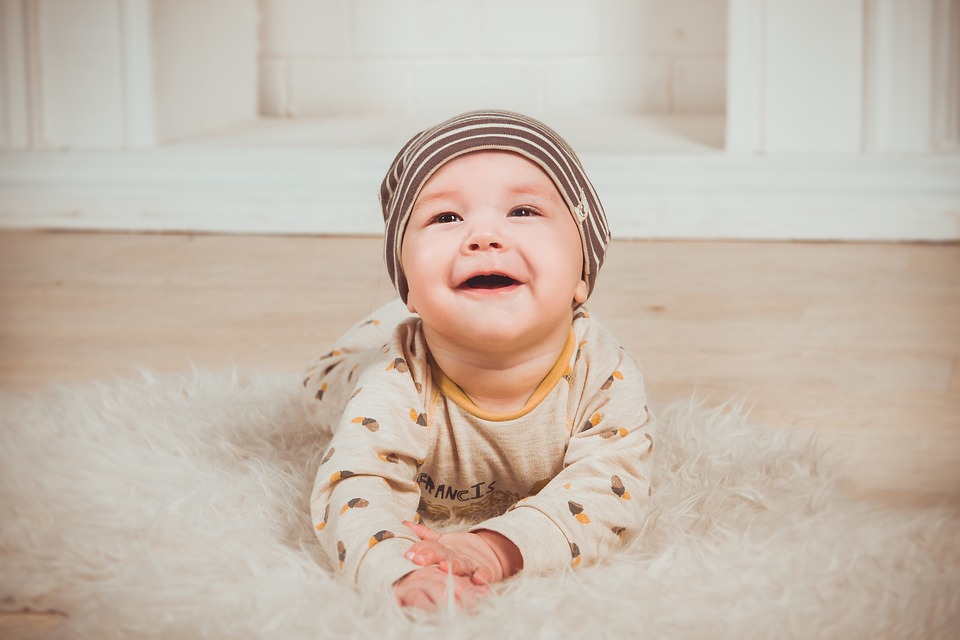
References
Dudek-Shriber, Linda, and Susan Zelazny. “The Effects of Prone Positioning on the Quality and Acquisition of Developmental Milestones in Four-Month-Old Infants.” Pediatric Physical Therapy 19, no. 1 (2007): 48–55. Retrieved from https://journals.lww.com/pedpt
Gerber, R. Jason, Timothy Wilks, and Christine Erdie-Lalena. “Developmental Milestones: Motor Development.” Pediatrics in Review 31, no. 7 (2010): 267–276. Retrieved from https://www.researchgate.net

